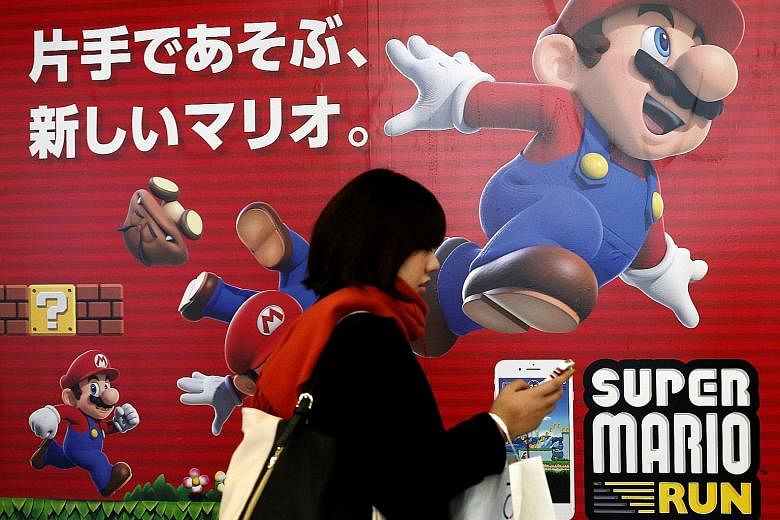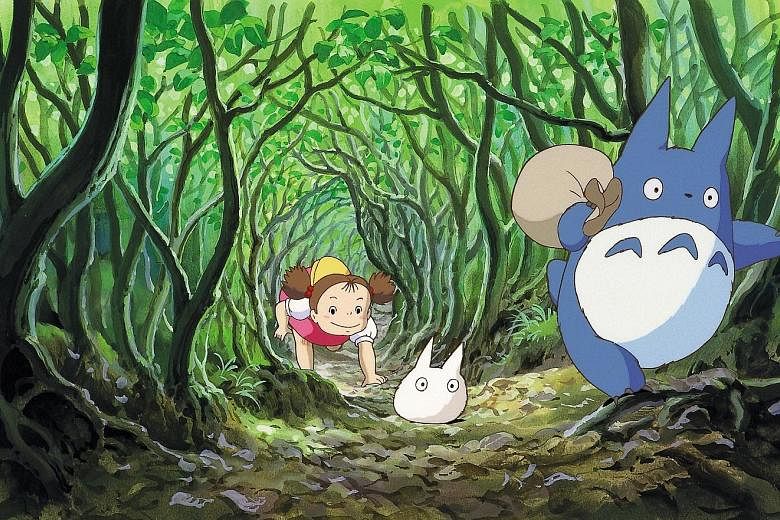Last week, after a wait of almost a decade, the world's most popular video game series - Super Mario Bros - finally came to the world's most popular video game machine: the iPhone. Nintendo's Super Mario Run went immediately to the top of the App Store charts, above mainstays like Facebook, Snapchat, Instagram and YouTube. According to one estimate, the game was downloaded 37 million times in its first three days.
Unfortunately, despite Nintendo's history and reputation, Super Mario Run is not a family-friendly game - or at least not one my wife and I will be letting our six-year-old daughter play. The game is rife with stale, retrograde gender stereotypes - elements that were perhaps expected in 1985, when the first Super Mario Bros was released in the United States, but that today are just embarrassing.
Super Mario Run begins, as does almost every Super Mario title, with Princess Peach becoming a hostage who must be rescued by Mario. Just before her ritual kidnapping, Peach invites Mario to her castle and pledges to bake him a cake. Upon her rescue, she kisses Mario. The game also includes a second female character, Toadette, whose job is to wave a flag before and after a race, like a character from Grease.
By failing to update Super Mario for a contemporary audience, Nintendo is lagging far behind Walt Disney, one of its closest American analogues. Disney's film Frozen subverted and reinvigorated the fairy-tale princess movie; The Force Awakens gave us a female Jedi. Super Mario Run doesn't even try.
In isolation, there's nothing wrong with princesses or baking. My daughters love those things too. But Super Mario Run relegates its female characters to positions of near helplessness. Peach and Toadette become playable only after you complete certain tasks, which makes the women in the game feel like prizes. (To be fair, the same is true of a few male characters.) Worse, should you then use Peach to defeat her kidnapper, Bowser, you'll discover that neither Mario nor a kiss is waiting for her as a reward.
Mr Shigeru Miyamoto, the designer of Super Mario Bros - as well as Donkey Kong, The Legend Of Zelda and other landmark games - is frequently called the Walt Disney of video games.

He may have a little too much Uncle Walt in him and not enough Hayao Miyazaki, whose Studio Ghibli movies like My Neighbour Totoro and Spirited Away are filled with adventurous young heroines.
Mr Miyamoto told Wired this month that he was more involved with the design of Super Mario Run than that of any Mario game since 2007's Super Mario Galaxy. That means that the only two Super Mario games that include a playable female character from the start - 1988's Super Mario Bros 2 and 2013's spectacular Super Mario 3D World - were games in which Mr Miyamoto was not directly involved with the level design.
The world would be a worse place if video game creators were judged only by whether they balanced their games with male and female protagonists. Some of this year's best video games, including the interactive drama Firewatch and the disturbing Mario-inspired Inside, are largely about men and boys.

Still, lots of girls and women play video games. There are more women over 30 who play video games than boys under 18 who play, according to the industry's lobbying arm, the Entertainment Software Association. A Pew Research Centre survey published last year found that almost 60 per cent of girls between the ages of 13 and 17 are gamers.
Seeing people like yourself depicted as heroic on TV and in movies and video games can have a powerful effect on viewers and players. The actor and comedian Kumail Nanjiani, who was born in Pakistan, tweeted after watching Rogue One - the new Star Wars movie - that he "started tearing up" after a scene in which "people who looked like me and dressed like my people were good guys".
Representation in interactive media may be even more important than it is in linear entertainment. In video games, players describe ourselves as the digital avatars we control on a screen. We say "I died", not "he died".
This sense of identification gives video games an enormous capacity to create empathy for other people. There are video games in which you play as the parent of a dying child, as a transgender woman beginning hormone replacement therapy, as the son of an alcoholic.
But it also presents more conventional game designers with an opportunity to create games in which young girls, and not just young boys, actually become heroes themselves.
"Players describe the experience of being with one as less like talking with a person and more like inhabiting someone else's mind," social scientist Sherry Turkle wrote of video games in 1984 in The Second Self, one year before Super Mario Bros came to America. "In pinball, you act on the ball. In Pac-Man you are the mouth."
The knowledge that video games possess this power, that they allow us to adopt new identities and grant us new ways of seeing ourselves, is as old as Mario's quest for his princess. Which makes it all the sadder that Mr Miyamoto, with all his gifts, has yet to seize it.
NYTIMES
- The writer is a former editor of The Times' Op-Ed page and a host of the podcast Shall We Play A Game? He is writing a book about video games.


